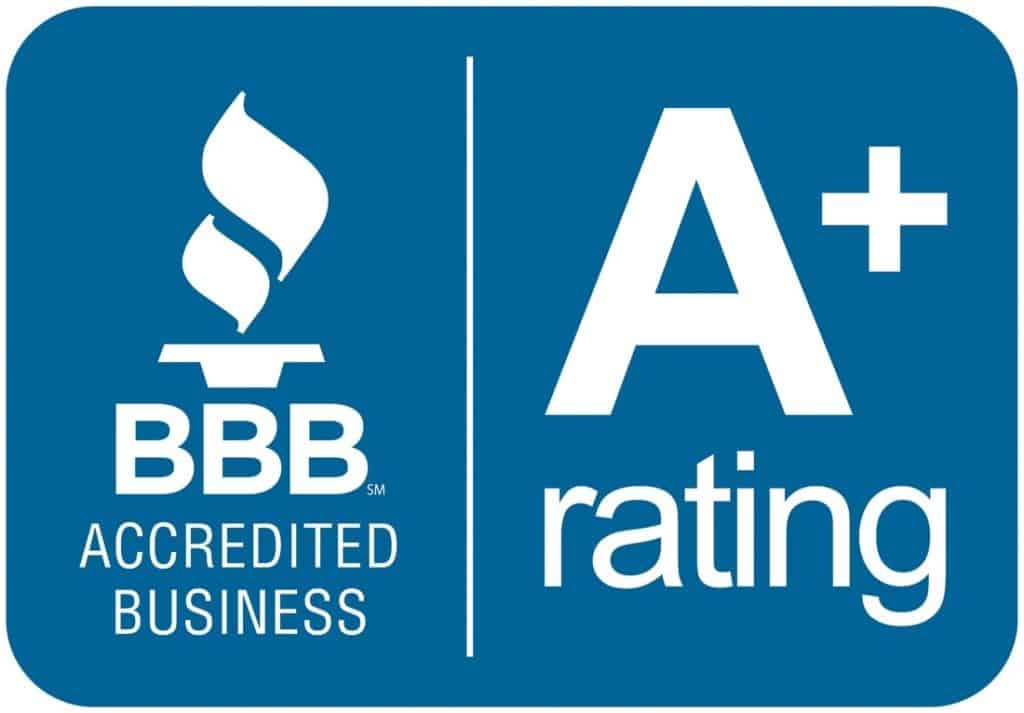Design ME’s Guide To Using Google's "People Also Search For" Feature
As the old saying goes, you don’t need to reinvent the wheel to find success.
Sure, every now and again, a one-of-a-kind visionary snatches an invention seemingly from thin air–and some folks win hundreds of millions of dollars off lottery tickets. Just because something is possible doesn’t mean you should sit around expecting it to happen. That’s not a rational approach to life or business.
Typically, value is found in what’s already there, ready to be harnessed in all its glory. In some cases, these might be tried and true methods of success. In other instances, it’s about realizing the untapped potential in a tool or feature that’s a bit of an unsung hero.
For instance, contemplate how many times you’ve glanced past the “people also search for” (PASF) feature on Google without a second thought.
You undoubtedly know it’s there. You may even have memorized the Google search console by heart. We’ve all seen it–but has it really registered for you? Have you contemplated why it’s there or the many benefits it can offer?
Specifically, Google has noticed the power the “people also search for” feature can wield, honing into those capabilities ever since 2018 when it supercharged the algorithm.
Since Google has a vested interest in the “people also search for” feature on its search engine results pages (SERPs), it’s evolved from a mere conventional box. Nowadays, the PASF feature has been enhanced to be URL-centric. It has grown into a keyword exploration tool to aid in brainstorming, using insights right from the juggernaut Google-Machine itself.
Let’s explore the “people also search for” feature and examine how it can be a vital tool for your business and website.
The Evolution Of “The People Also Search For” Feature

To fully grasp and appreciate the power of the “people also search for” feature, you need to know its history.
Such knowledge provides much-needed context about the topic. Furthermore, it provides a window into what Google wants to give users with the tool and how you can use it to get more relevant clicks on your website.
The “People Also Search For” Feature Started In 2012
Along with knowledge graphs, “the people also search for” feature’s humble beginnings go back to 2012. In those days, the PASF tool started as an independent box.
The purpose was to be more predictive about user questions and inquiries, hoping to have answers before anything was ever asked. Facts were already on display based on what others had searched for. For instance, information for “Rihanna” would answer around 40% of other queries that included her.
In those early days, PASF boxes were their own separate entity. There wasn’t much harmony with the rest of Google.
The above notion was most evident for movie-related SERPs. It had nothing to do with the knowledge graph, displaying itself at the bottom of search results. At the same time, related topics and images showed up in an individual, unrelated box.
“People Also Search For” Versus “Searches Related To”
The PASF shared similarities with the “searches related to” feature in years past. However, the two were not one and the same. Instead, the PASF gave you a broader context based on topics linked to your search, whereas the “searches related to” option provided more detailed information about your specific query.
A more real-world example is if you search for music, the “people also search for” box would give you similar artists and songs based on your query. Conversely, “searches related to” would show alternative results for your search term.
This separate functionality between “people also search for” and “searches related to” no longer existed in 2016.
The Merging Of PASF And “Searches Related To”
In 2022, the “people also search for” feature of old has made its home next to the knowledge graph, creating the appearance of two boxes sharing the same function and appearance. Yet, neither of these boxes contains the PSAF name.
Instead, the newest iteration of the “people also search for” box has removed the thumbnail images. All related topics arrive through organic results, combining the functionality of PASF and “searches related to.”
Why Do You Need To Start Using The “People Also Search For” Box To Your Advantage?
Here are some stats you need to consider:
- After the “PASF” desktop rollout, the box appeared for nearly 60% of the monitored 15,000 SERPs over 7 days.
- This number was already almost 90% for mobile searches.
- An average of 8.77 “people also search for” boxes turn up per SERPs for one keyword.
- SERPs with 10 PASF boxes began popping up more often during the rollout.
- Moreover, SERPs with “people also search for” boxes ranked in the top ten positions.
Be mindful that it’s been reported that 92% of inquiries don’t go past the first page. So, these connections with first-page results speak to the effectiveness of ideal SERPs results when effectively using the PASF tool.
Search engine optimization (SEO) has been around for a long time now. Many people (your competitors included) have mastered the algorithm. Gaining valuable real estate on SERPs results grows more challenging and competitive by the day.
Knowing how to use an existing feature like the “people also search for” tool will help you achieve the search results you need to outperform your rivals.
Handling Duplicate “People Also Search For” Topics
Duplicate topics are a fact of life for “related searches” or the PASF box. This also happens with the “people also ask” box.
Your best course of action–provided you’ve run into this issue–is to use URLs or queries to filter down the topics and narrow the scope of your research.
Using the URL approach to narrow your topic lens allows for a deeper understanding of the topics connected to the specific sought-after pages. All the same, you’ll continue to face keyword duplication.
Fortunately, many premium SEO research tools can help you avoid duplicate keywords when you run into them.
Hone Into SERPs Of “People Also Search For” Topics If You Want A Leg Up On Your Competition
One organization’s researchers gathered PASF topics over one day. Then they packed them all into STAT Search Analytics to compare the results.
Here’s what these researchers found:
When a user clicks on a PASF topic beneath any domain, the domain was nowhere near the top 20 of the new SERP nearly 80% of the time.
Why? Because Google is picky and doesn’t bother with only tangentially or “sort of” connected topics. Moreover, the algorithm knows to avoid directing users to the exact page they just exited.
What does the rest of that math mean? Well, just over 21% of the time, the domain did appear in the top 20 of a new SERP. Provided it ranked lower, it would eventually climb up the rankings for the new SERP.
As for the domains that didn’t run on the first page and didn’t make it to a proceeding SERP, nearly half turned up as featured snippets.
So, while Google is stingy about what will rank for “people also search for,” there’s real estate to be earned. You just need to be patient, strategic, and attentive.
“People Also Search For” Keyword Optimization

Like most SEO practices, you’ll find that relevancy is of the utmost importance with PASF keywords.
Long gone are the days when you could cram a bunch of random keywords into web copy just for a result. Rhyme and reason are of the essence for Google’s algorithms, and failing to match content correctly means you won’t reap any rewards.
So, ensure that the content you create matches the actual intent. You must research all topics related to a given keyword, grasp why it’s crucial to search, and garner insights into what the customer needs from those queries.
It’s impossible to overstate the importance of research in this process. Attention to detail is your best friend and will take you to the proverbial promised land.
Start by identifying all possible relevant keywords that can prove valuable to your content. An improved ranking can result from including topic-related search terms and ones connected to related questions asked by users on other search engines.
FAQ schemes can also be highly impactful when aiming to climb Google’s assisted features list. Specifically, this tool is a markup code you can add to your website to bolster your content’s overall SEO.
By executing the above tactic successfully, Google will tell you your content is available in a Q & A format. As such, it’s now an attractive piece of material for rich snippets on SERPs or Google’s Related Pages.
Available Tools To Help Hone Your “People Also Search For” Keywords
Doing keyword research via manual means is a fool’s errand. There are various tools at affordable prices to help you harness the full power of these relevant search terms.
We understand performing the market research can be intimidating and that you don’t want to waste your budget on ineffective software. Thus, we’ve compiled the two best tools you can use for the specific task of optimizing the “people also search for” keywords.
Keywords Everywhere
Keywords Everywhere is a readily available browser add-on for Google Chrome and Firefox. This nifty tool helps you find PASF keywords with minimal hassles.
General audiences using Keywords Everywhere benefit from PASF box data, monthly search volumes, CPC, competition-based metrics, etc. This data arrives from various devices. Additionally, purchasing the in-tool credits allows you to view the monthly search volumes.
Upon installation, you’ll notice two separate widgets on the right of your screen.
Both widgets pop up as you look for a query on any well-known web browser. All related terms will display themselves on the first widget. Alternatively, the second widget provides “people also search for” terms for every SERPs result.
Ahrefs
Ahrefs is known for its user interface, which is interactive and versatile. The Ahrefs SEO toolbar is so easy to use and navigate.
For those looking for added advantages with their “people also search for” keywords, Ahrefs makes a significant impact. Ahrefs database is the biggest of its kind, boasting 5.1 million keywords throughout 200-plus countries, offering exponentially more than most standard keyword tools.
Another crucial advantage of Ahrefs is the insights provided for competitive research. Ahrefs makes it possible to see the keywords your competitors use. Simultaneously, Ahref’s “content gap” feature lets you compare keywords with your rivals, opening your eyes to potential loopholes and missed opportunities.
Plus, Ahref sends emails notifying you about your competition’s progress with keywords. This incredible tool is also known for its backlinks strength, vastly outperforming similar tech in this department. Backlinks are key for SEO success and one of many reasons to consider this tool. They also have Ahrefs extension Opera and in Google chrome.
Here’s how you can use Ahrefs for “people also search for” keywords:
- Open your web browser to log into your Ahrefs account.
- Select “keywords explore” after accessing Ahrefs. You’ll find this option in the tab at the top of your screen in the left corner.
- Search for a keyword in the next window. Then hit enter when you’re done.
It’s THAT simple–which shouldn’t surprise you. A lot of the time, huge difference-makers with SEO can be the little things we simply didn’t know existed.
Learn More About SEO By Contacting Design ME Today
“People also search for” keywords are a vital tool for those desiring a leg up with their SEO. However, this specific approach is only one piece of the puzzle.
SEO is an all-encompassing strategy with many facets that can be almost impossible to master and make sense of all on your own. After all, you’re not a digital marketer by trade. You run a business with its own core functionalities and can’t afford to get too distracted by the online space.
Fortunately, at Design ME, we can help you make sense of search engine optimization, including “people also search for” keywords. Contact us today. We’d love to learn about your business and help give you a competitive online advantage over your industry rivals.




